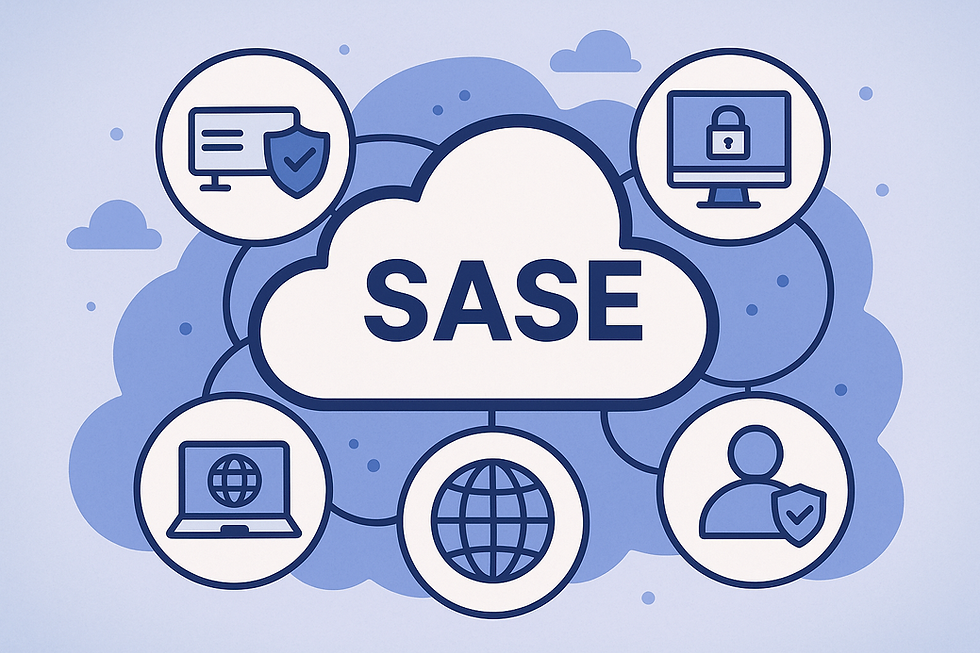Zero Trust
- busrabeslekoglu7
- Aug 4
- 3 min read
Today, the diversity and complexity of cyber threats are surpassing existing security measures and posing a major threat to organizations. According to data, ransomware has increased by 62 percent, while 71 percent of organizations have been exposed to successful attacks.
The average cost of a data breach caused by these attacks is $4.35 million, although this figure varies. Digital transformation, cloud infrastructure, and hybrid working models have also led to a rapid increase in the number of identities. However, weaknesses in protecting these identities increase security risks by providing attackers with a wider attack surface.
Transitioning from Traditional Security to Zero Trust
In traditional security solutions, the network was assumed to be secure unless a breach was detected in the system. However, as cyber attacks became more sophisticated, this precaution became insufficient, and the principle of not trusting any device or user directly began to be adopted in the field of cyber security.
With the Zero Trust concept, all devices and users are constantly verified, and various security solutions such as multi-factor authentication, security policies, access control, and activity monitoring are used to verify all network traffic. With the COVID-19 pandemic increasing demand for remote secure access technologies, the Zero Trust concept has begun to spread.
Basic Principles
Some of the basic principles of the Zero Trust approach are as follows: Every user and device continues to be monitored even after their identity has been verified. If abnormal activity is detected on the monitored device or user, access can be restricted. Users only have access to the data necessary to do their jobs, and access to anything else is restricted.
During the identity verification process, additional tools such as multi-factor authentication, biometric data, mobile verification, etc. are used in addition to passwords. The network is divided into different segments so that if a problem arises in any part of the network, it does not affect the entire network. In addition, all access requests are evaluated based on criteria such as user role, device type, geographic location, and time zone. A profile is created by analyzing the normal behavior of each user and device to quickly detect abnormal activity.
Zero Trust with Artificial Intelligence
Artificial intelligence can further strengthen the Zero Trust approach. In particular, artificial intelligence can be used in areas such as automatic risk detection and instant response to incidents. When it comes to the contributions of artificial intelligence, it first quickly detects unusual activities and immediately alerts security teams. It can also determine the risk levels of users and dynamically update security policies according to these risks. AI systems can reduce the burden on security teams by automatically responding to attacks.
Advantages of Zero Trust
When discussing the advantages of Zero Trust, it is important to note that this method reduces the scope of attack, as every user is treated with a “always verify” approach. This approach provides strong protection against threats from outside as well as any potential damage from within. It also provides enhanced security in remote working environments.
In addition, when you limit potential entry points, you also reduce the number of breaches or ransomware attacks encountered, thereby narrowing your attack surface. Network segmentation restricts attackers' ability to move laterally from one network segment to another. This limits the impact of attacks and enhances security.
In summary, as work becomes more remote or hybrid-focused, protecting these resources becomes even more critical. The Zero Trust model offers much stronger security than the old “trust but verify” models.


